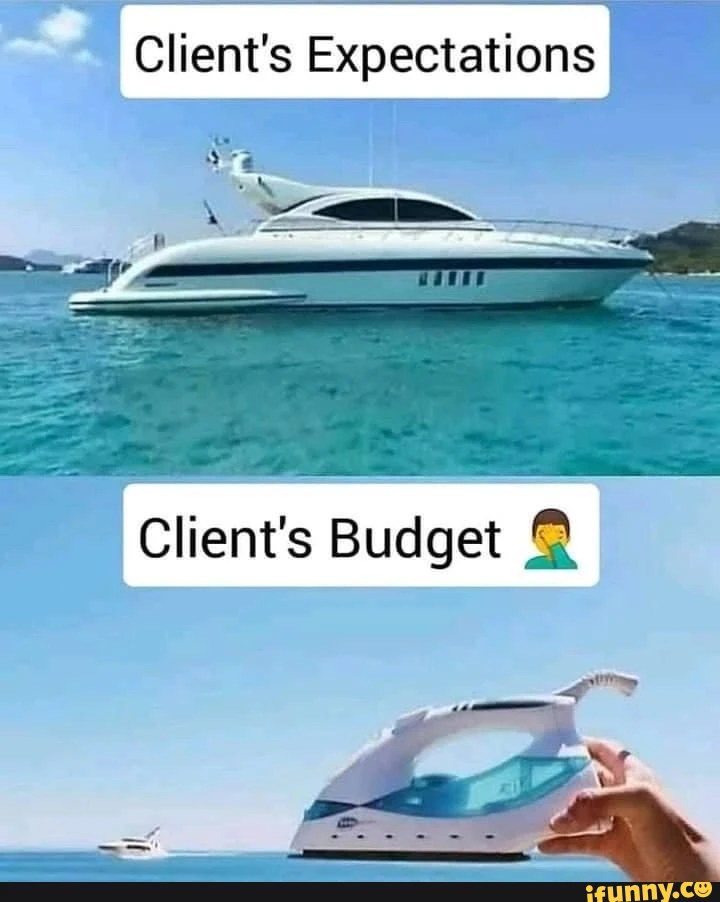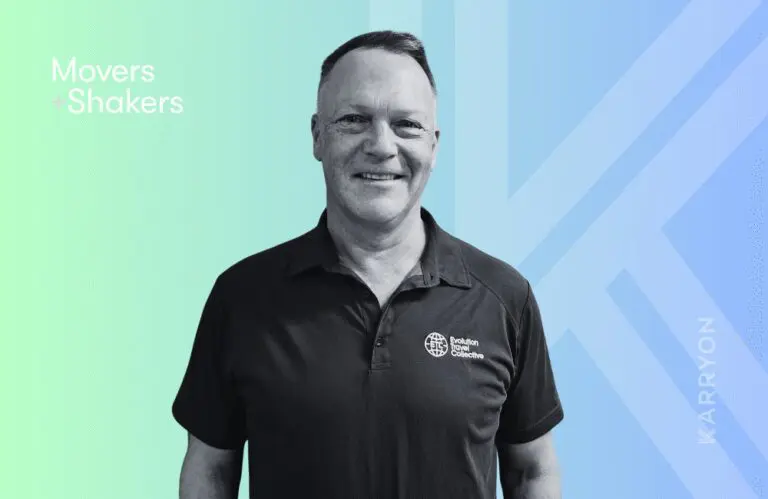There are likely countless TikToks explaining to the uninitiated the very Aussie difference between ‘yeah, nah’ and ‘nah, yeah’ (for those who didn’t grow up with Alf Stewart’s ‘strewths’, ‘yeah, nah’ is no). But what we may not have realised is how ‘yeah, nah’ is a pretty awesome negotiation tactic. Here’s how overworked travel advisors can put it to use.
William Ury calls it the positive no. He’s not Australian and may not even know who Alf Stewart is, but I think the negotiation guru would embrace ‘yeah, nah’ the way Aussies have embraced Halloween.
Ury is a global authority on diplomacy and conflict resolution, and his groundbreaking strategies have left an indelible mark on countless individuals and organisations worldwide, including the Middle East and the Balkans.
His Power of a Positive No strategies can not only help travel advisors navigate complex client interactions but also manage overwhelming workloads and unproductive requests.
The ‘yes, but’ approach
When clients come in with vague or impractical requests, instead of outright rejecting them, employ this tactic. Start by acknowledging their needs with a ‘yes,’ then gently steer the conversation towards a more realistic and efficient solution with a ‘but.’
Show empathy
Clients often come to travel agents seeking guidance. They may have unrealistic expectations or requests that could lead to a convoluted booking process and eventual client/agent relationship. Show empathy by understanding their desires, but gently remind them of the role (and fees!) of a travel agent in streamlining their experience.
Set realistic expectations
State your role from the get go and what your limits are. Explain all fees (including after hours fees) up front. This will help stop you from overcommitting and overworking yourself both before working with a client and during.

Educate them
Travel agents can also use this strategy as an educational tool. By saying ‘yes’ to the client’s desires and following with a ‘but’ to explain the value of their expertise, agents educate clients to appreciate the benefits of professional assistance, ensuring that their hard-earned money is well-invested.
Importance of boundaries
In the age of online bookings, clients sometimes view travel agents as personal assistants. Setting boundaries is crucial. Agents can use Ury’s strategy to maintain these boundaries without compromising on service quality.
Transparency wins trust
The ‘yes, but’ approach fosters transparency. By clearly explaining why certain requests may not be viable or efficient, travel agents build trust with their clients. Trust leads to long-lasting, mutually beneficial relationships.
Saying ‘yeah, nah’ to inefficiency
Shockingly, not everything is the fault of your clients. The sometimes archaic systems in which you work can be a massive time suck. Yes, the work needs to be done, but can it be done better? Chat to your suppliers about your needs, employ a virtual assistant. There are options.







